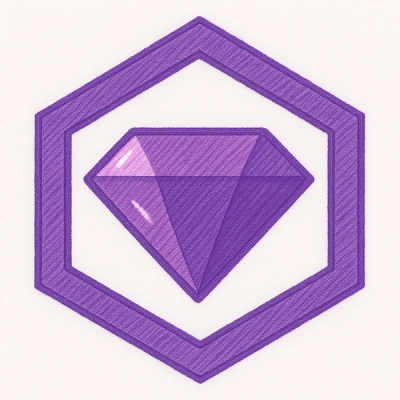
Security News
Follow-up and Clarification on Recent Malicious Ruby Gems Campaign
A clarification on our recent research investigating 60 malicious Ruby gems.
Rubogram is a small Faraday-based library to communicate with Telegram Bot API
Add this line to your application's Gemfile:
gem 'rubogram'
And then execute:
$ bundle
Or install it yourself as:
$ gem install rubogram
At first, require rubogram in your application like this:
require 'rubogram'
Create client with your token (you can obtain one here):
client = Rubogram::Client.new 'TOKENHERE'
And then make your requests like this:
resp = client.send_message chat_id: '123', text: 'hello, machine world!'
So, as you can see sendMessage became send_message because of ruby guidelines(tm). But you can also use it like client.sendMessage, just like in the telegram docs.
Also you can use call method:
resp = client.call 'sendMessage', chat_id: '123', text: 'Hello!'
You can see parsed response of all requests like this. Resp contains full Faraday response:
resp.body
Note that in case of errors, exception will be raised, so don't forget to handle it
Rubogram Client has some options you can set, here's full list:
client = Rubogram::Client.new 'TOKENHERE', adapter: Faraday.default_adapter, logging: true, raise_errors: true
Where:
adapter - faraday adapter, look into faraday docs for more of them
logging - true/false, enables/disables logging
raise_errors - true/false, enables/disables error raising. If you disable this, you can check successfullness of request by verifying ok field in the parsed body
After checking out the repo, run bin/setup to install dependencies.
To run tests you must specify two environment variables: TOKEN with your bot token and CHATID with YOUR id.
Then, run rake spec to run the tests. You can also run bin/console for an interactive prompt that will allow you to experiment.
To install this gem onto your local machine, run bundle exec rake install. To release a new version, update the version number in version.rb, and then run bundle exec rake release, which will create a git tag for the version, push git commits and tags, and push the .gem file to rubygems.org.
Bug reports and pull requests are welcome on GitHub at https://github.com/4ndv/rubogram. This project is intended to be a safe, welcoming space for collaboration, and contributors are expected to adhere to the Contributor Covenant code of conduct.
The gem is available as open source under the terms of the MIT License.
FAQs
Unknown package
We found that rubogram demonstrated a not healthy version release cadence and project activity because the last version was released a year ago. It has 1 open source maintainer collaborating on the project.
Did you know?

Socket for GitHub automatically highlights issues in each pull request and monitors the health of all your open source dependencies. Discover the contents of your packages and block harmful activity before you install or update your dependencies.

Security News
A clarification on our recent research investigating 60 malicious Ruby gems.

Security News
ESLint now supports parallel linting with a new --concurrency flag, delivering major speed gains and closing a 10-year-old feature request.

Research
/Security News
A malicious Go module posing as an SSH brute forcer exfiltrates stolen credentials to a Telegram bot controlled by a Russian-speaking threat actor.